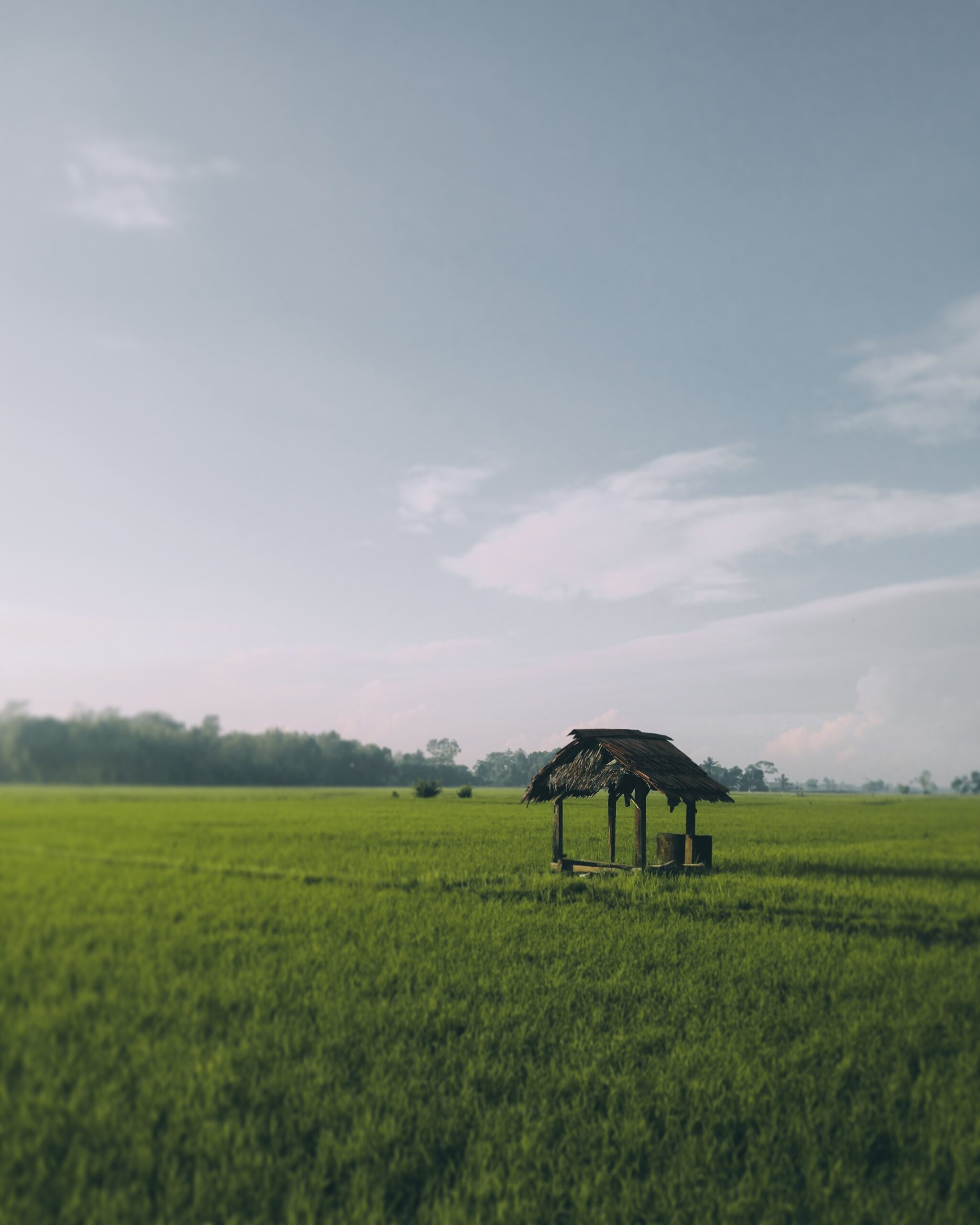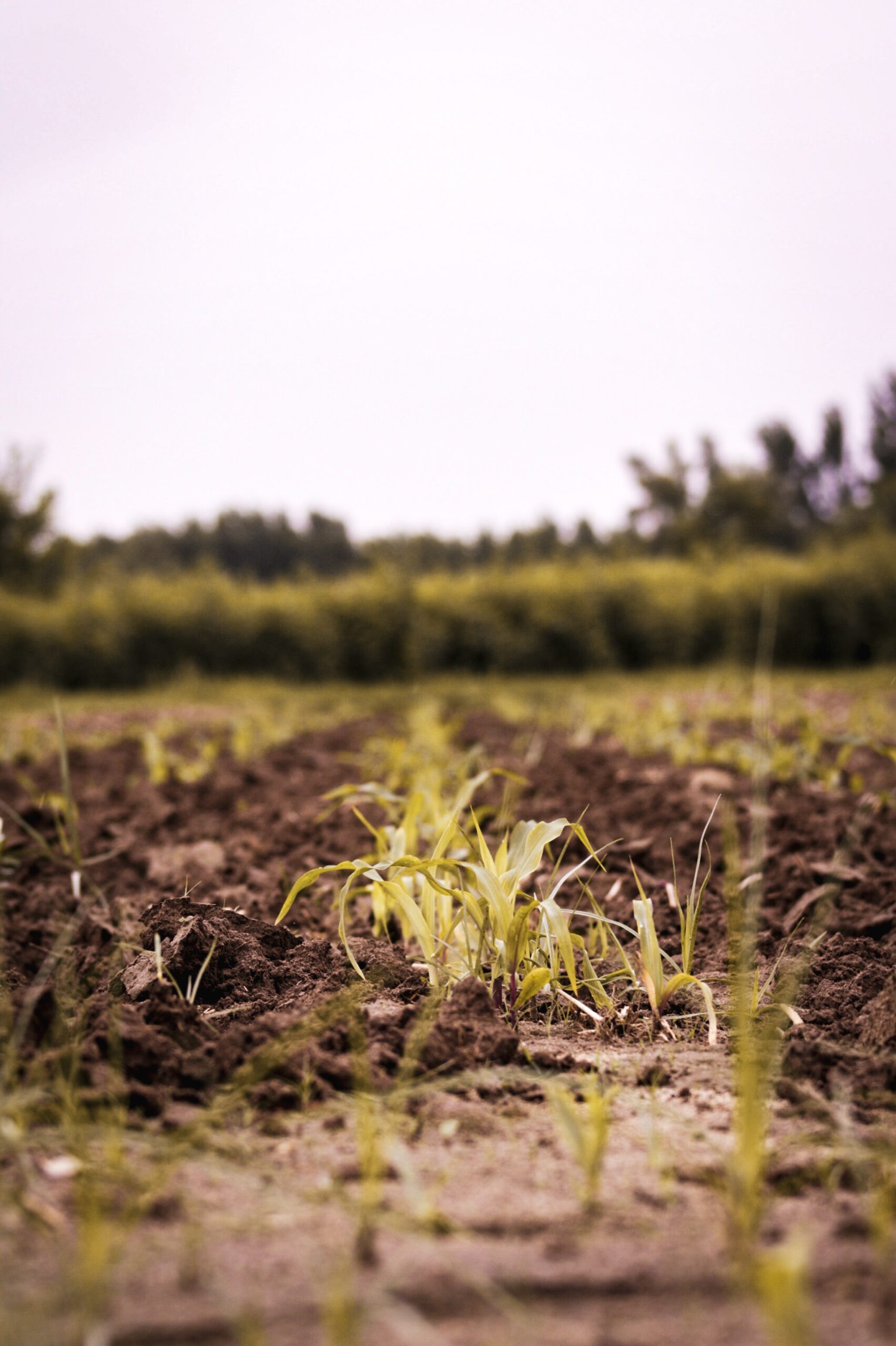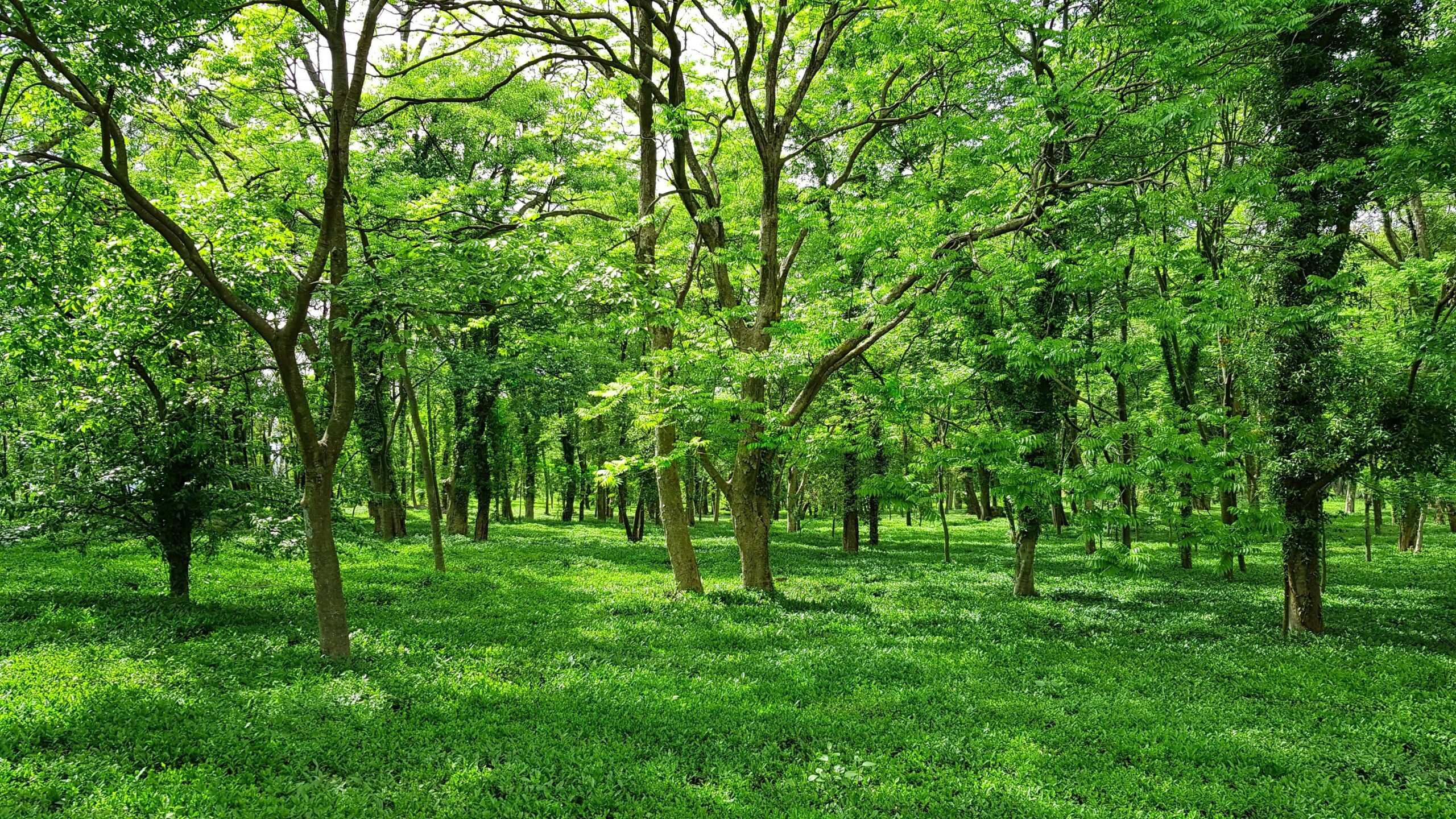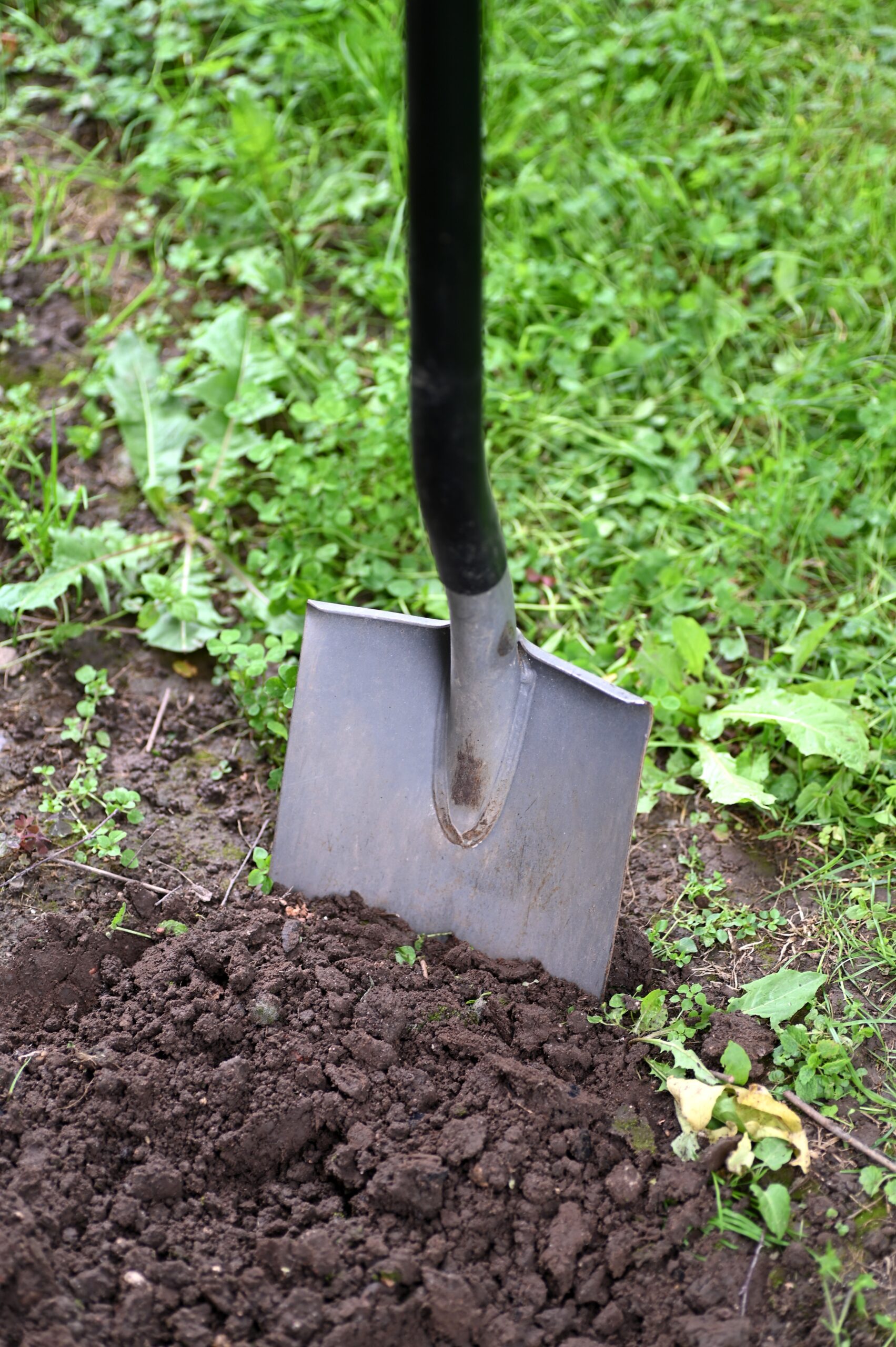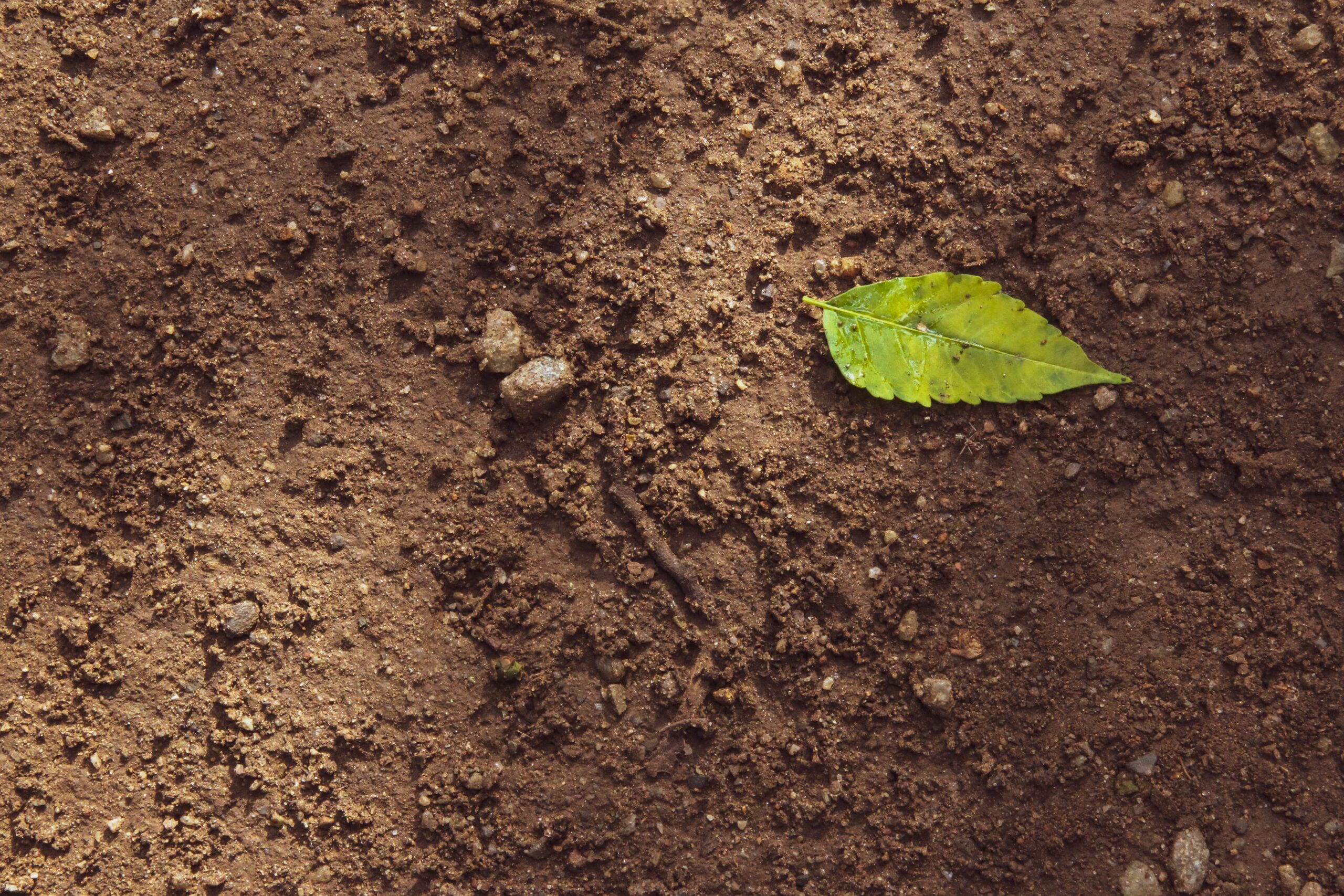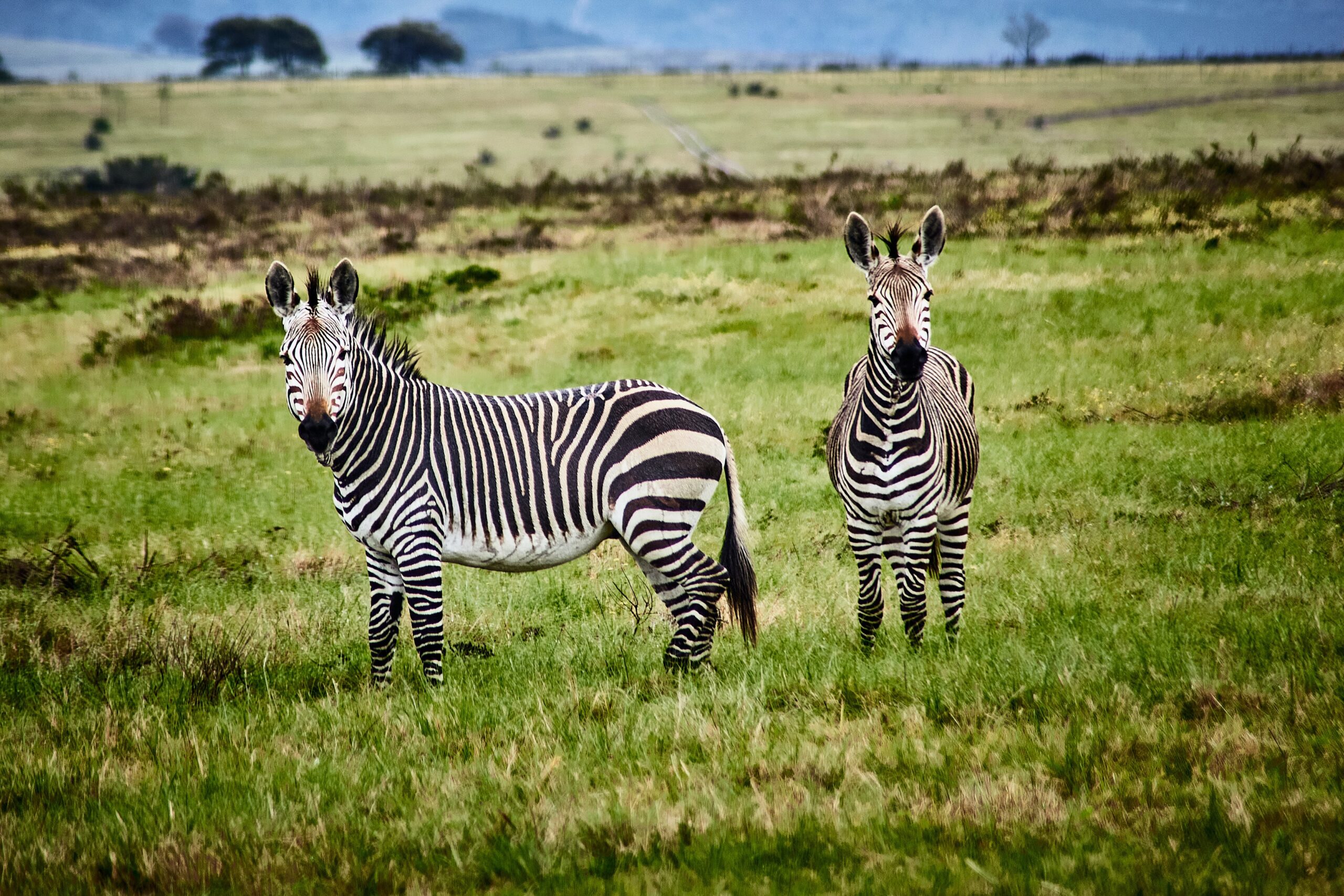Land-use change is one of the major drivers of biodiversity loss (Pereira et al., 2012). Biodiversity is projected to continue to decline despite society’s increasing efforts to decelerate this trend (Tittensor et al., 2014). The road infrastructure is a cause of mortality for many species and is also a major barrier to movement. Roads can subdivide populations and reduce population sizes, thus affecting their viability (van der Ree et al., 2015). The current and the projected expansion of the road network pose threats that should be evaluated across scales in order to minimize their negative effects (Laurance et al., 2014) and to ensure the long-term viability of populations. The effect of roads on animal populations has been addressed by various studies at local and regional scales, focusing on components such as behavioral and physiological responses to roads (Grilo et al., 2012; Navarro-Castilla et al., 2014), the effect of road noise and pollution (Hopkins et al., 2013; McClure et al., 2013) and projections of population declines and loss of genetic diversity (for a review see Balkenhol & Waits, 2009; Jackson & Fahrig, 2011). However, studies assessing the impact of roads on population persistence remain uncommon, and upscale, at best, to national levels, focusing on a limited number of species (Beaudry et al., 2008; Borda-de-Água et al., 2014). Assessments on larger scales up to global, and across species, have never been conducted (but see Torres et al., 2016).




















































































































































































































































































































































































































































































































































































































































































































































































































































































































































































































